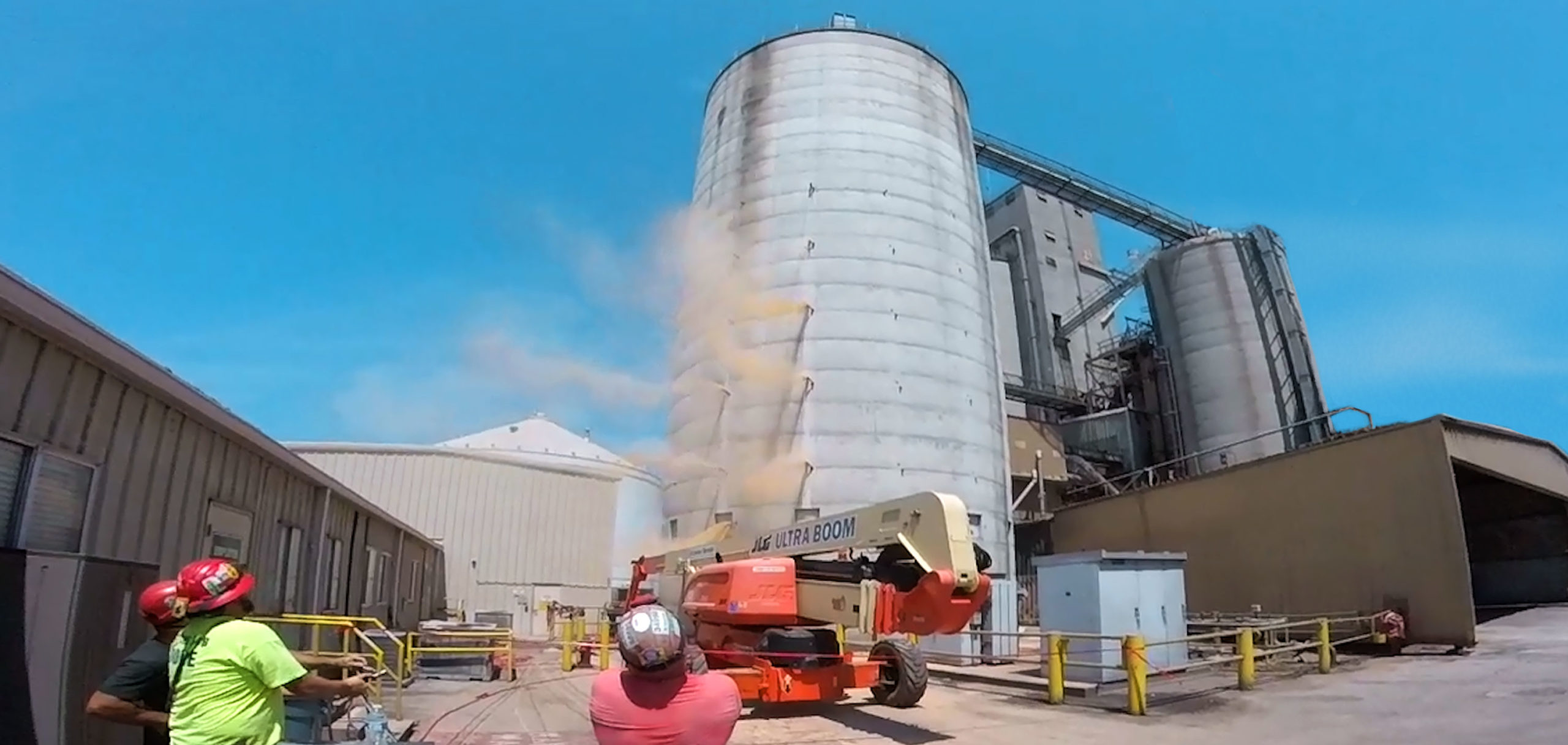Food & Beverage
WORK PERFORMED
- Cleared the silo to get it back to full production capacity
- Conducted an inspection to determine the optimal course of action and establish a maintenance plan for the future.
- Preformed structural maintenance to the silo roof
SUMMARY

TIME
Cardox blasting maximizes work efficiency

COST
No plant outage was required

SAFETY
Cardox blasting takes place outside the structure which eliminates safety risks to workers
CLIENT NEED



ACCESS



SOLUTION



RESULTS
For additional information about our company and services we provide, please give us a call anytime
770-255-1322


